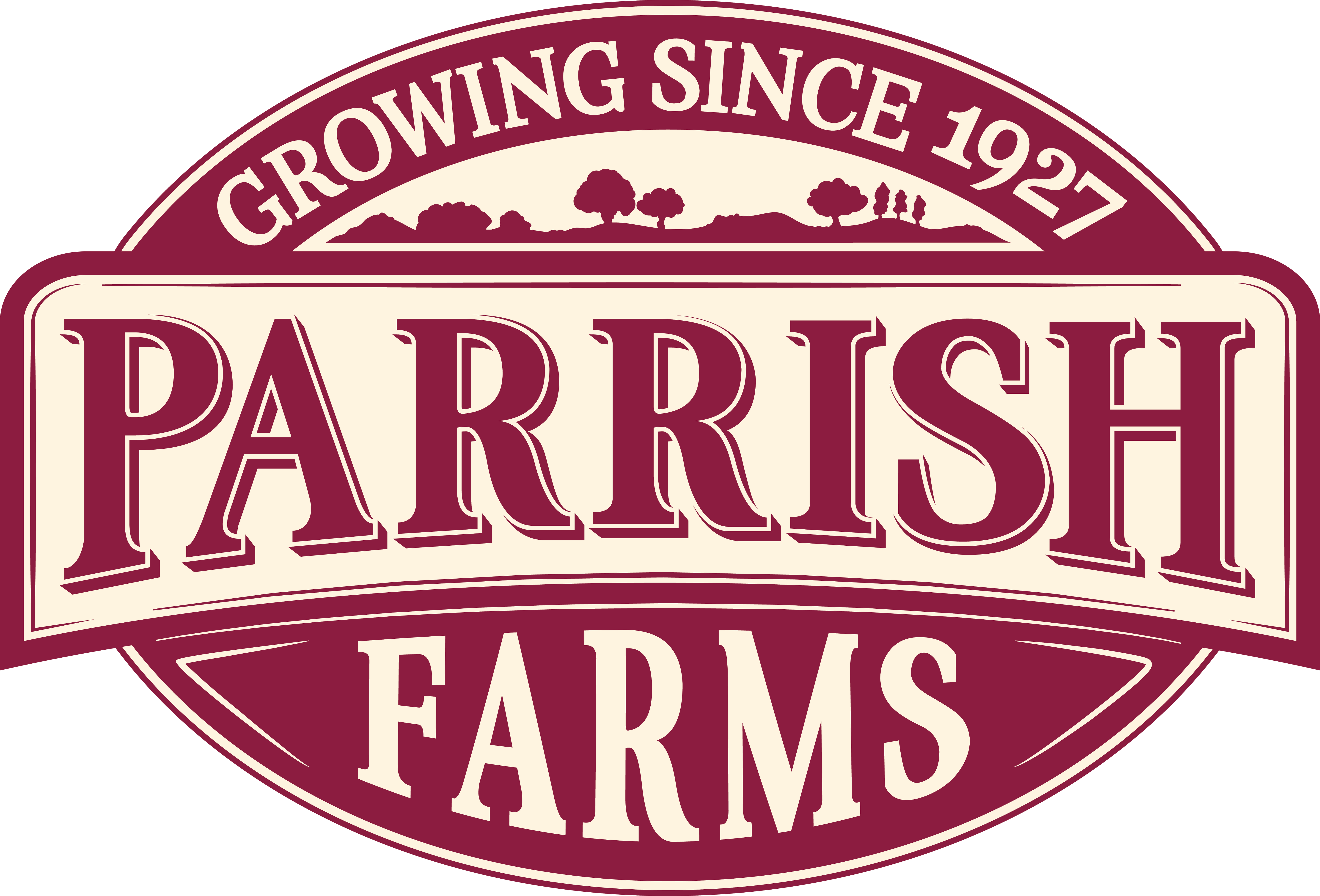News from Parrish Farms
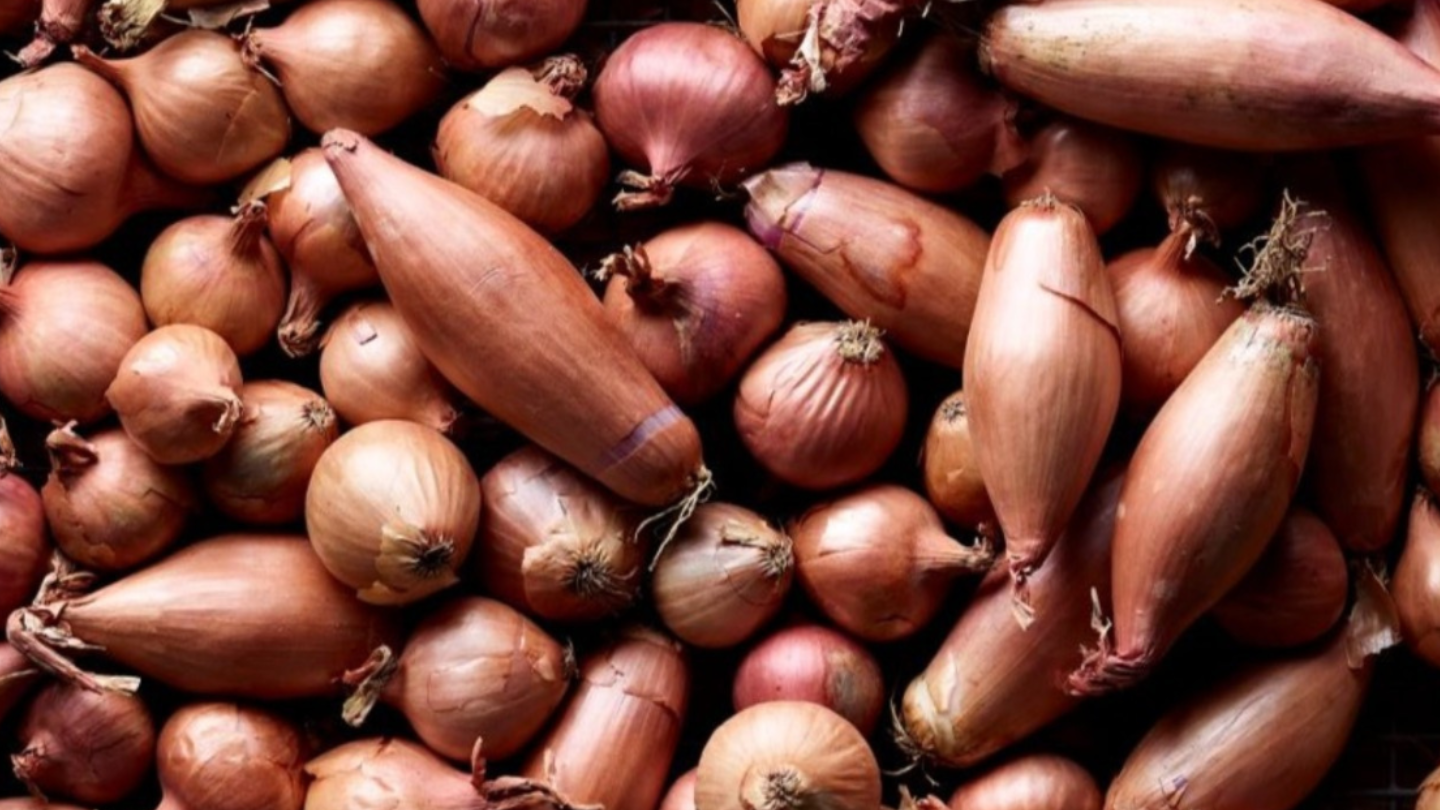
Recipe: Pickled Onions and Shallots
on Jul 01 2025
It's never been easier to pickle the perfect onion using our super simple pickling recipe. Here at Parrish Farms we have 90 years’ experience growing and pickling our own pickling onions and shallots using this recipe so hopefully you'll have the same success with it as we do.
Ingredients
750g onions or shallots, peeled
600ml Malt Vinegar (or enough to cover your onions)
1 Tablespoon Pickling Spices (or your chosen spices)
1 Tablespoon Salt (canning or pickling salt recommended as these do not contain the anti-caking agent that can spoil brine)
1 Litre Jar
1 Tablespoon Sugar (Optional)
Additional table salt
Method
Place your peeled onions in a bowl, sprinkle over some table salt and leave covered for 24 hours. This process helps them stay crunchy.
In a saucepan, bring your vinegar, salt, sugar and spices to the boil to make your pickling liquid.
Rinse your onions, dry with kitchen paper and spoon into sterilised jars. If you have any leftover spices, you can add them at this stage if desired.
Pour the hot vinegar into the jars, making sure your onions are completely covered.
Once cooled, tightly lid your jar and place in the fridge or keep in a cool place.
We recommend waiting at least 2 weeks before eating.
Consume within 3 months
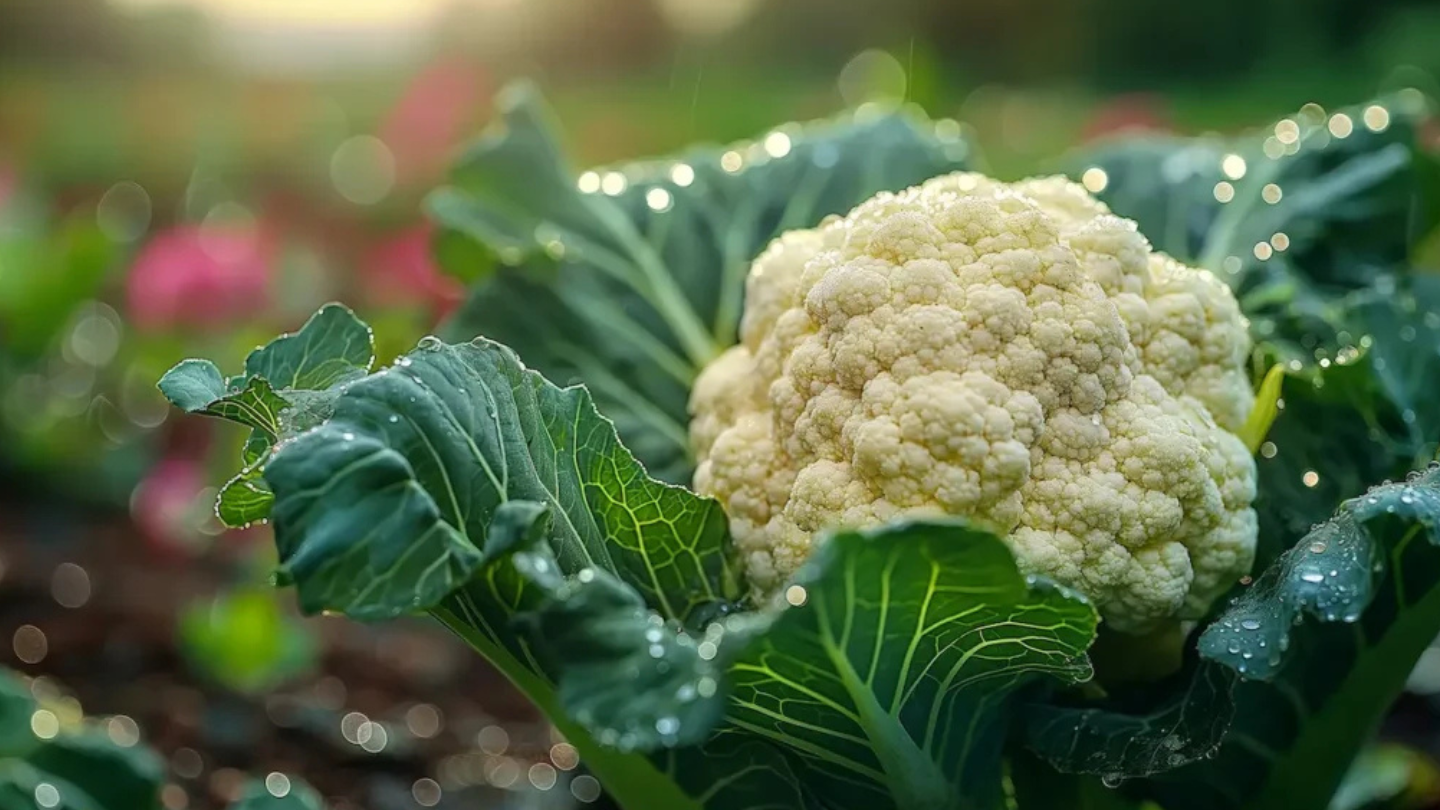
on Mar 27 2025
Use up extra cauliflower with this easy pickled cauliflower recipe. This will make a perfect low-carb snack that can be enjoyed for months to come! Our farmers have passed down pickling recipes for generations which have been perfected over the years. So we are excited for you to try the delicious taste of Parrish history. Pickled cauliflower will make a great salad topper, or bring a bit of zing to a cheese board.
Ingredients
1 head of cauliflower
235ml/1 Cup of Apple Cider Vinegar or White/Distilled Vinegar
235ml/1 Cup of Water
2 Teaspoons Sea Salt
1 Garlic Clove, Sliced
1 Teaspoon Pickling Spices (or your chosen spices)
1 Small Lemon, Sliced (Optional)
1 Litre Jar
Method
In a saucepan, bring your vinegar, salt, spices and water to a boil to make your pickling liquid
Wash your cauliflower and cut or break it up into florets
Slice your garlic and lemon (if using) and add some to the bottom of the jar
Fill the rest of the jar up with your cauliflower and add some more lemon on top if an extra lemony flavour is desired
Fill your jar with your hot vinegar, including the spices, and leave to cool
Once cooled, tightly lid your jar and place it in the fridge or keep it in a cool place
Consume within 3 months
FAQs
My cauliflower is turning brown
If you used Apple Cider Vinegar and/or spices that turn your pickling liquid a darker colour, then it's possible that your cauliflower will turn brown after a while. Don’t worry, the vinegar is simply staining, and your cauliflower is still perfectly fine to eat.
We prefer using apple cider vinegar for pickling cauliflower as you get more depth of flavour. We also use dark spices like Allspice and Black Peppercorns, which means our cauliflower pickles tend to brown slightly after around 6 weeks.
My cauliflower is turning purple
Some cauliflowers are naturally higher in purple red, purple and blue pigments. These pigments can be released in the pickling process, changing the colour of the cauliflower. Your pickle is perfectly safe to eat still.
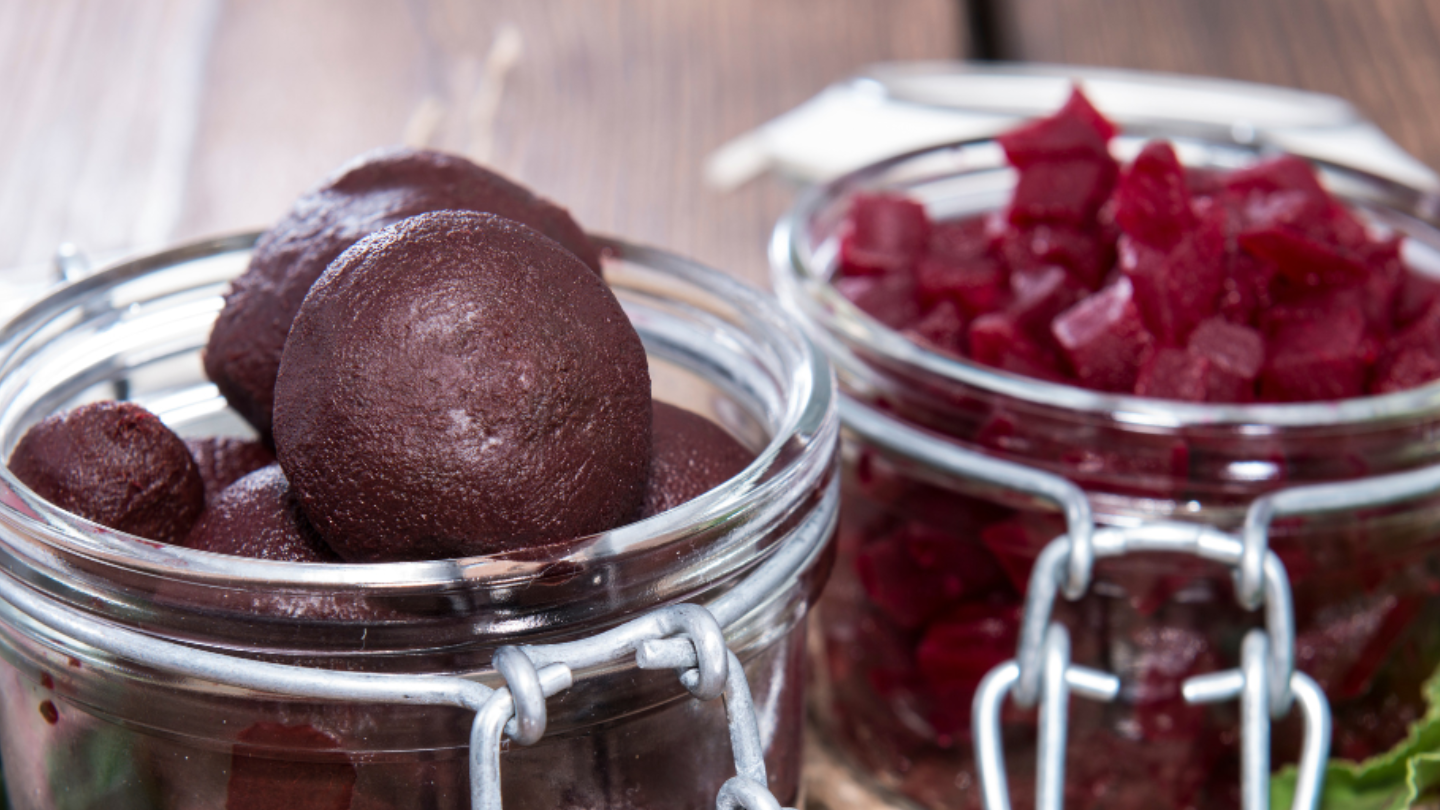
on Mar 27 2025
Learn how to pickle beetroot so you can enjoy the sweet taste all year round! Our farmers have passed down pickling recipes for generations, which have been perfected over the years. So we are excited for you to try the delicious taste of Parrish history. This juicy pickled beetroot recipe comes together in no time with pantry basics and goes well with salads or sandwiches.
Ingredients
750g Fresh Beetroot
500ml Malt Vinegar or Red Wine Vinegar
1 Tablespoon Pickling Spices (or your chosen spices)
1 Tablespoon Salt
1 Litre Jar
1 Tablespoon Sugar (Optional)
Method
In a saucepan, bring your vinegar, salt, sugar and spices to a boil to make your pickling liquid.
Top and tail your beetroot. Add to a separate pan, bring to a boil and then simmer until tender. This should take approx. 45 minutes depending on the size of your beetroot and slightly less for baby beetroot.
Once the beetroot is cooled enough to touch, peel off the skin and slice or cube. If you are using baby beetroot, you can use this whole.
Put your beetroot in your jar and cover with your pickling liquid, including the spices, and leave to cool
Once cooled, tightly lid your jar and place in the fridge or keep in a cool place
Consume within 3 months
FAQ
Does it matter which vinegar I use?
When it comes to pickling, your choice of vinegar is completely personal taste. We like to use Malt Vinegar for pickling beetroot as it has a deep and earthy flavour that spices well and compliments the beetroot. As long as your vinegar is at least 5% acidity, you can use it for pickling.
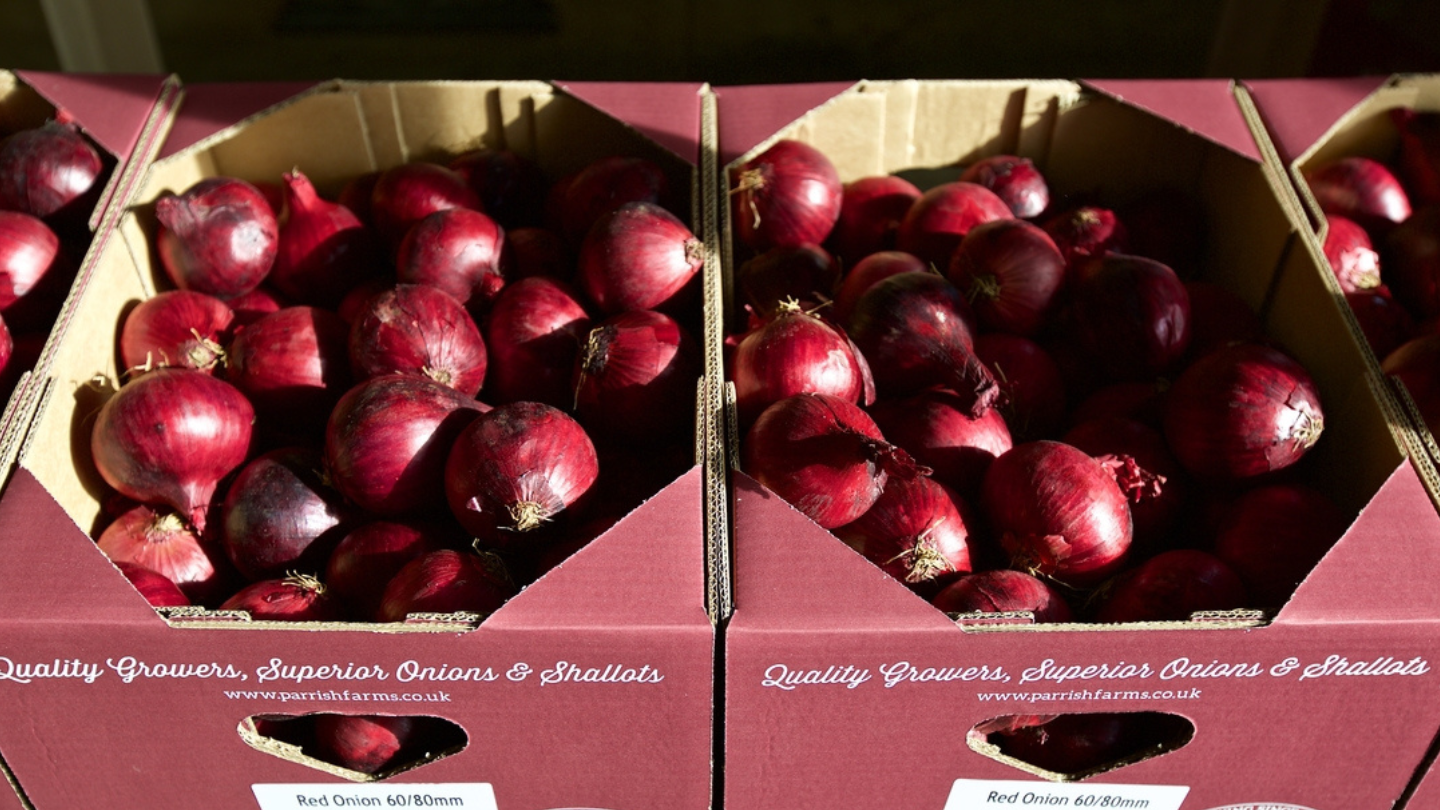
on Mar 27 2025
Learn how to pickle red onions with this quick and easy recipe that will add bright flavour and fresh crunch to so many dishes. Here at Parrish Farms, we have 90 years of experience growing and pickling our own pickling onions and shallots using this recipe, so hopefully, you'll have the same success with it!
Ingredients
750g red onions, peeled and sliced
600ml Red Wine Vinegar
1 Tablespoon Pickling Spices (or your chosen spices)
1 Tablespoon Salt
1 Tablespoons Sugar
1 Litre Jar
Method
In a saucepan, bring your vinegar, salt, sugar and spices to a boil to make your pickling liquid.
Thinly slice your red onions and put them into a sterilised jar. If you want to use any additional whole spices you can also add them to the jar at this point.
Pour the hot vinegar into the jars, making sure your onions are completely covered.
Once cooled, tightly lid your jar and place it in the fridge or keep it in a cool place.
We recommend waiting at least 2 weeks before eating.
Consume within 3 months

Recipe: Pickled Baby Echalions
on Mar 27 2025
Master the art of pickling baby echalions with this easy step-by-step recipe. Here at Parrish Farms, we have 90 years of experience growing and pickling our own pickling echalions and shallots using this recipe, so hopefully, you'll have the same success with it!
Ingredients
750g baby echalions, peeled
500ml Malt Vinegar
1 Tablespoon Pickling Spices (or your chosen spices)
1 Tablespoon Salt
1 Litre Jar
1 Tablespoon Sugar (Optional)
Additional table salt
Method
Peel and top and tail your echalions. The most important thing here is to only cut off a very small amount from each end of the echalions. If you cut off too much, you’ll find the middle of the echalions will pop out over time once in your pickling liquid. They’re still completely edible if the middle pops out but keeping it in will help the echalions keep their structure and, therefore, crunchiness!
Place your peeled echalions in a bowl, sprinkle over some table salt and leave covered for 24 hours. This process helps them stay crunchy.
In a saucepan, bring your vinegar, salt, sugar and spices to the boil to make your pickling liquid.
Rinse your echalions, dry with kitchen paper and spoon into sterilised jars. If you have any leftover spices, you can add them at this stage if desired.
Pour the hot vinegar into the jars, making sure your echalions are completely covered.
Once cooled, tightly lid your jar and place it in the fridge or keep it in a cool place.
We recommend waiting at least 2 weeks before eating.
Consume within 3 months
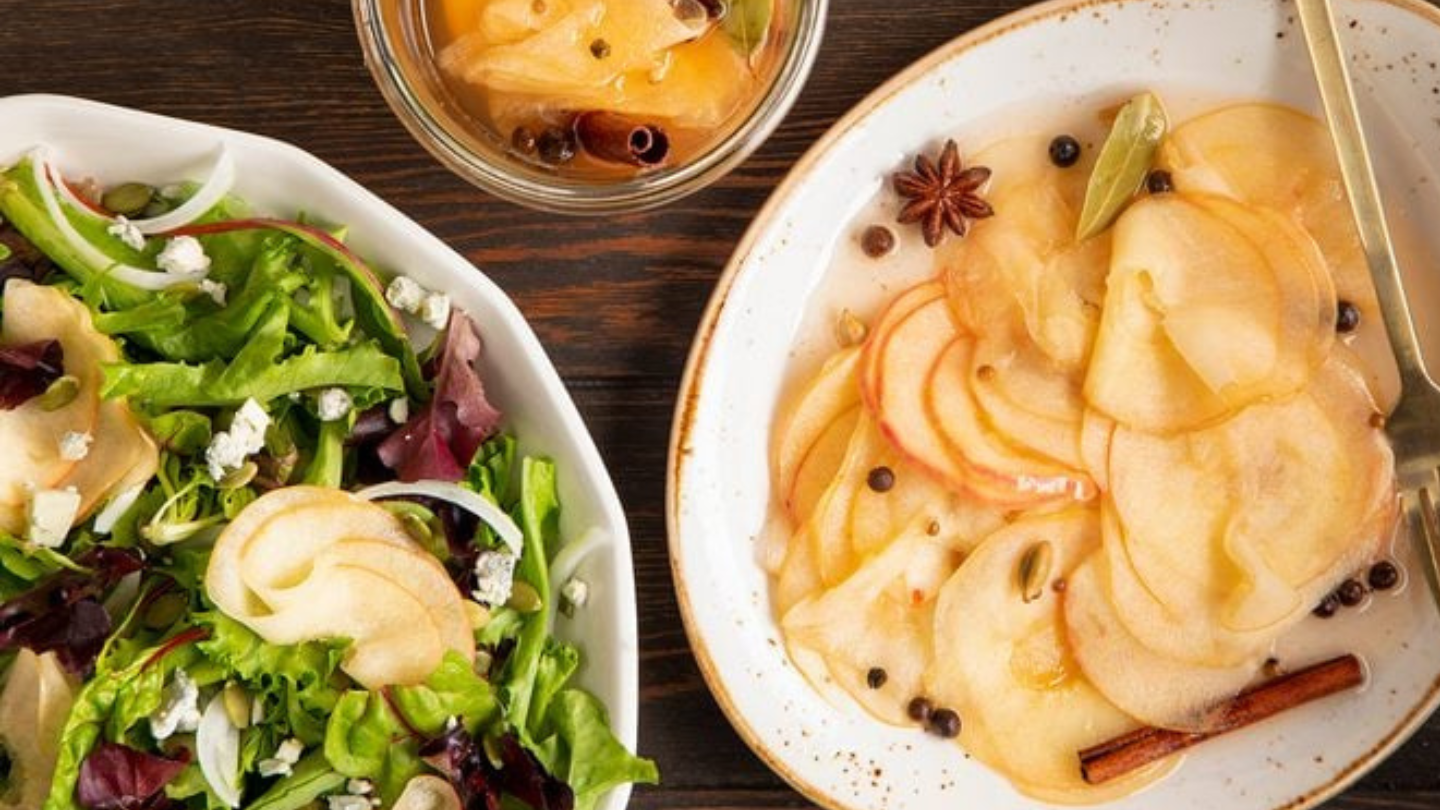
on Mar 21 2025
Easy to make and delicious to eat, these pickled apples can add an extra punch to any cheese board or salad. They would also be lovely alongside a serving of leftover pork or, even better, on a pulled pork sandwich.
Ingredients
750g Granny Smith Apples, Sliced
500ml White Wine Vinegar, Apple Cider Vinegar or Distilled Malt Vinegar
1 Tablespoon Pickling Spices (or your chosen spices)
1 Tablespoon Salt
2 Tablespoons Sugar
1 Litre Jar
Method
In a saucepan, bring your vinegar, salt, sugar and spices to a boil to make your pickling liquid, then leave to cool.
Slice your apples and fill your sterilised jar with them.
Pour your cooled vinegar over the apples, making sure they are completely covered.
Tightly lid your jar and place it in the fridge or keep it in a cool place.
Thin slices of apple don’t take long to pickle, so you can eat your pickled apples after a few hours for a freshly pickled taste. Alternatively, leave it to mature for a further couple of weeks for a deeper flavour.
Consume within 3 months
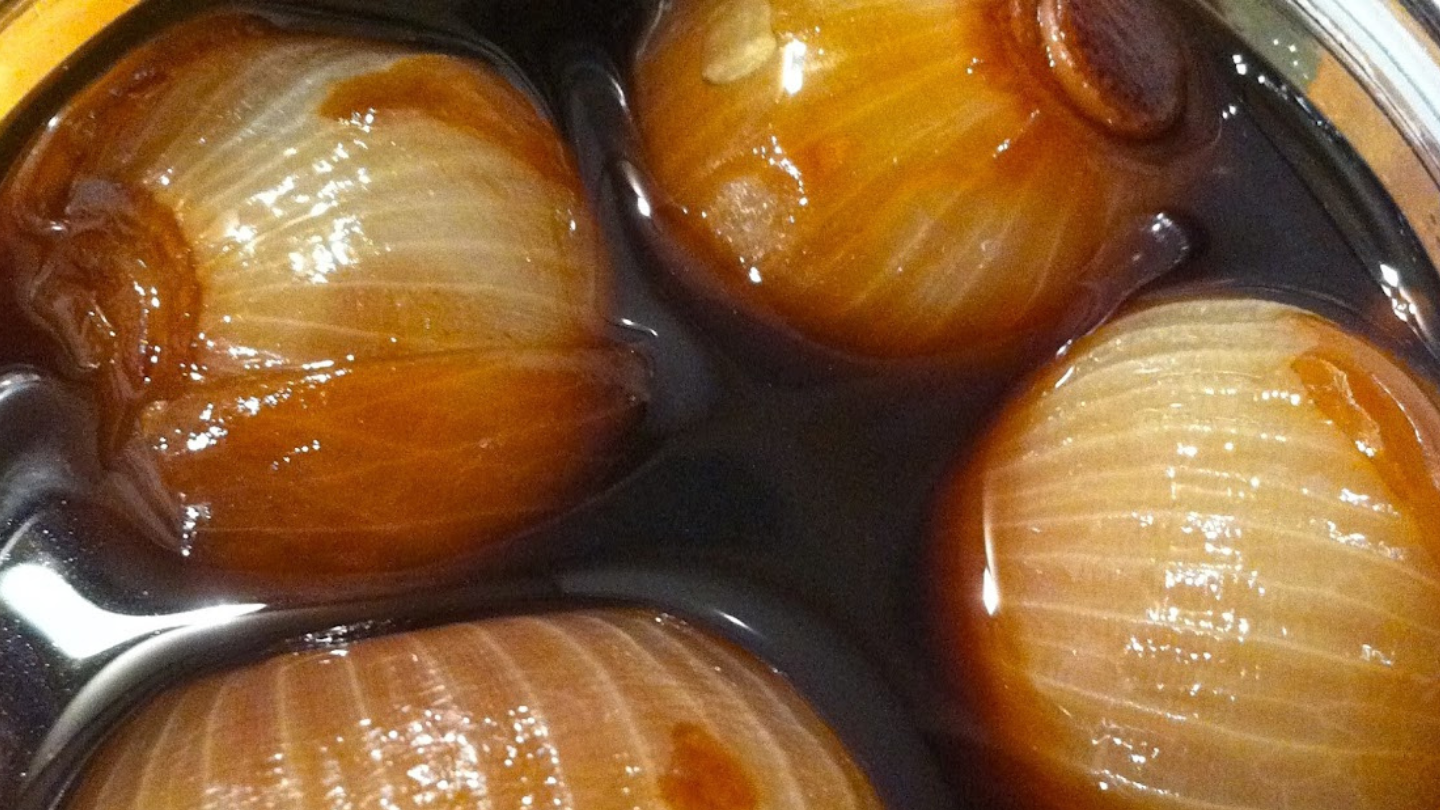
Recipe: Balsamic Pickled Onions
on Mar 21 2025
Master the art of pickling onions in balsamic vinegar with this easy step-by-step recipe! These pickled onions go down a treat with sandwiches, cheese and crackers or on a ploughman's platter.
Ingredients
750g onions or shallots, peeled
300ml Malt Vinegar
200ml Balsamic Vinegar
1 Tablespoon Pickling Spices (or your chosen spices)
1 Tablespoon Salt
2 Tablespoons Sugar
1 Litre Jar
1 Tablespoon Sugar (Optional)
Method
Place your peeled onions in a bowl, sprinkle over some salt and leave covered for 24 hours. This process helps them stay crunchy.
In a saucepan, bring your vinegar, salt, sugar and spices to a boil to make your pickling liquid.
Rinse your onions, dry with kitchen paper and spoon them into sterilised jars. If you have any leftover spices, you can add them at this stage if desired.
Pour the hot vinegar into the jars, making sure your onions are completely covered.
Once cooled, tightly lid your jar and place it in the fridge or keep it in a cool place.
We recommend waiting at least 2 weeks before eating.
Consume within 3 months
